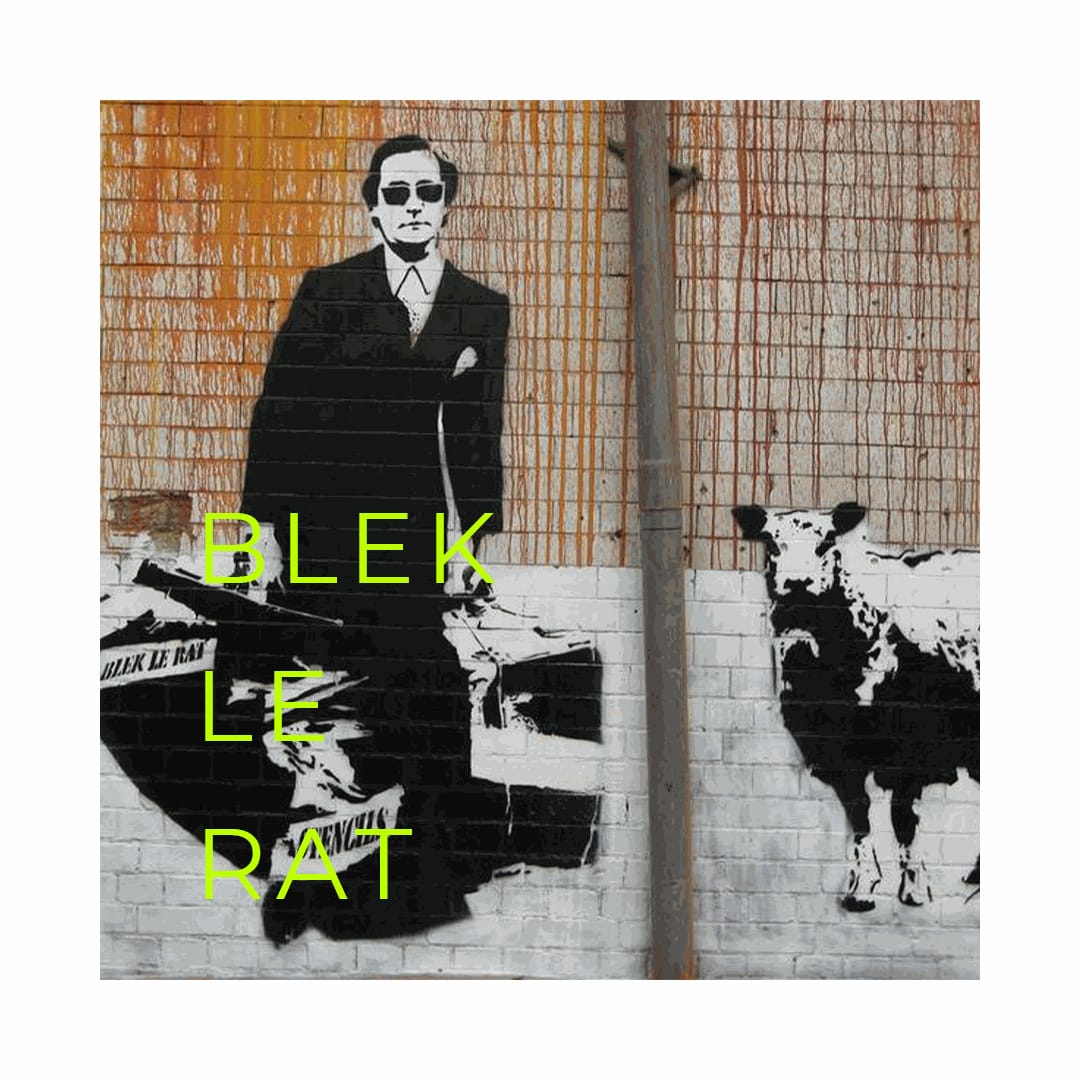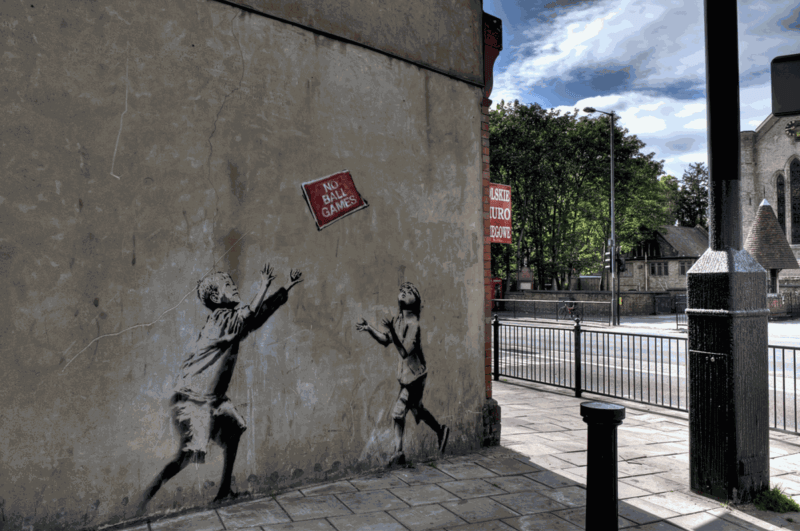In the last few years, the print market of the art world has skyrocketed, with new collectors young and old attracted by the more accessible prices of the medium. Print prices range greatly, from a few hundred pounds for an art print, to thousands of pounds for a signed, limited edition work, and even more for an artist’s proof. Nevertheless, prints are virtually always far more affordable than their fine art counterparts of paintings and sculpture. For a fraction of the cost, art aficionados of all incomes can have a print by an artist in their home, even by some of the biggest names in modern and contemporary art.
This is especially true in the case of street artists, where usually one would only be able to enjoy their artwork on the streets of London and elsewhere, rather than on your own wall. However, many artists originally known for vast murals or site-specific installations have turned to printmaking, especially screenprinting and lithography. Printmaking has allowed street artists to explore a new medium as well as allow for greater appreciation and visibility of their artwork through gallery and museum exhibitions. The path from wall to paper seems a natural one, with printed posters often acting like street art when pasted around a city. Printmaking succeeds in maintaining the essential elements of street art and graffiti culture, such as using stencils, repetition, accessibility, and democratic dissemination.

Many street artists, such as Banksy, will use their most famous murals as the imagery for their prints and editions, allowing admirers to collect their favourite works by the artist. No Ball Games for example was one of Banksy’s most celebrated murals, painted on a shop wall in Tottenham in North London in 2009. It has since been removed, having been auctioned off for charity in 2013. The print editions, created in the same year in green and grey, act as the legacy of this seminal piece, living on in private collections a decade after the original mural was taken down. In this way, producing prints has ensured longevity for the work of street artists, whose masterpieces are often ephemeral in a constantly evolving urban environment.

Other notable street artists with a thriving print market include Stik, the London-based artist known for his eponymous, endearing stick figures across Shoreditch and Hackney, and Invader, the pioneering French street artist celebrated for his mosaics of vintage video game characters across the globe. Even the ‘father of stencil graffiti’, Parisian artist Blek le Rat, has tried his hand at printmaking in recent years to great success.

This phenomenon of street artists delving into printmaking began far earlier than these contemporary examples - American graffiti artist Keith Haring, for example, produced screenprints in the 1980s. Haring used his distinctive iconography of minimalistic but dynamic figures and animals, rendered in thick contours like his original chalk drawings in the New York City subway, but illustrated with vibrant fields of colour in his prints. Haring died in early 1990 at the age of 31 from AIDS, tragically cutting short his artistic career.
